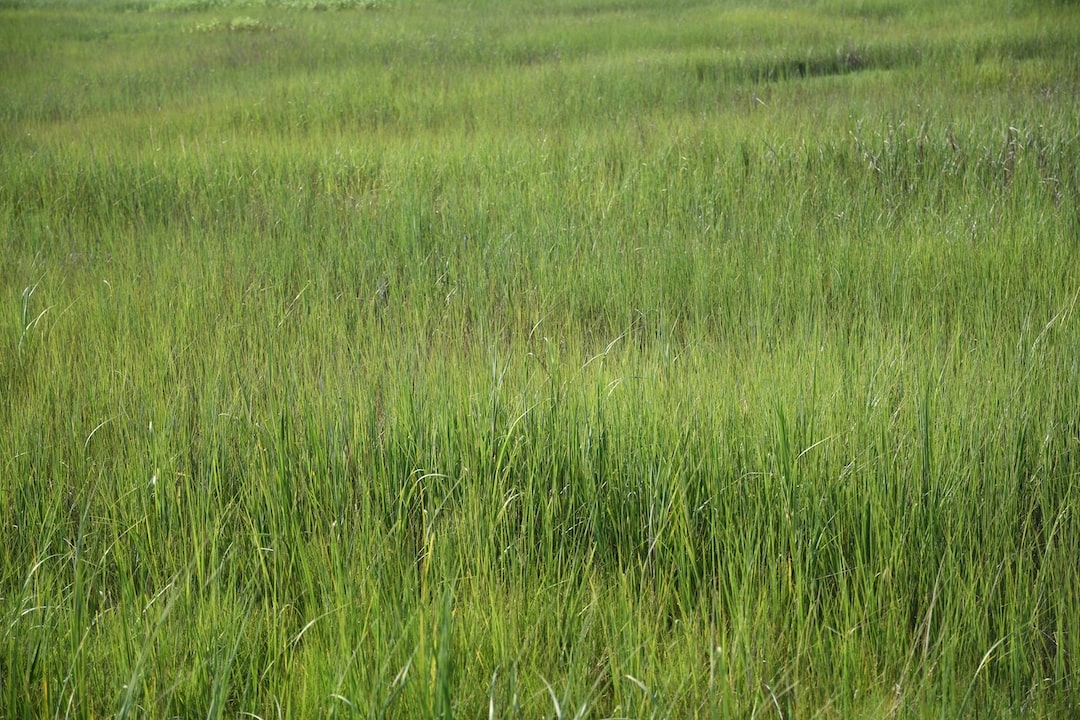
What it is:
Digital Content Delivery Networks (CDNs) are a vital infrastructure for the efficient distribution of online content. They work by storing and serving website data to end-users from various servers located around the world. CDNs improve website performance by reducing latency, ensuring faster page loading times, and enhancing user experience. However, the energy consumption and associated carbon footprint of CDNs have become a growing concern in light of the increasing demand for digital content and the urgent need to address climate change.
Real-world problems:
1. Energy consumption: CDNs require vast amounts of energy to operate and maintain their infrastructure. The servers, network equipment, cooling systems, and data centers that support CDNs consume significant amounts of electricity, contributing to greenhouse gas emissions.
2. Carbon footprint: The energy-intensive nature of CDNs results in a substantial carbon footprint. As more online content is produced and accessed worldwide, data centers and CDNs contribute significantly to global carbon emissions, exacerbating climate change.
3. Geographic distribution: CDNs rely on a network of servers strategically placed in different locations worldwide to ensure faster content delivery. However, this distribution can lead to inefficient routing and increased energy consumption due to longer data transmission distances.
4. Data center efficiency: Many CDNs utilize data centers that may not be optimized for energy efficiency. Inefficient cooling systems, outdated equipment, and inefficient server utilization can all contribute to higher energy consumption and carbon emissions.
5. Renewable energy adoption: Lack of renewable energy sourcing is prevalent among CDNs. Many CDNs still heavily rely on fossil fuels for their energy needs, exacerbating the environmental impact.
6. Waste generation: The rapid pace of technological advancements often leads to shorter equipment lifecycles and increased waste generation. Disposal of outdated or malfunctioning equipment from CDNs can contribute to electronic waste, which poses significant environmental risks.
7. Lack of industry standards: Currently, there is a lack of universally accepted industry standards and guidelines for sustainable practices in CDNs. This creates a challenge in encouraging the adoption of more environmentally friendly strategies across the industry.

Solutions to Sustainable Strategies in Digital Content Delivery Networks:
1. Energy-efficient infrastructure:
Implementing energy-efficient hardware and optimizing data center cooling systems can significantly reduce energy consumption. Upgrading to more energy-efficient servers, utilizing virtualization techniques, and deploying advanced cooling technologies such as liquid cooling can help minimize the carbon footprint of CDNs.
2. Use of renewable energy:
Transitioning to renewable energy sources, such as solar or wind power, for powering CDNs can greatly reduce carbon emissions. Collaborating with renewable energy providers and investing in on-site renewable energy generation can contribute to a greener and more sustainable network infrastructure.
3. Optimal CDN network design:
Ensuring a well-optimized geographical distribution of servers can minimize data transmission distances and improve routing efficiency. By strategically locating servers closer to end-users and implementing smart caching mechanisms, CDNs can reduce latency and energy consumption.
4. Resource utilization and circular economy approach:
Adopting a circular economy approach by refurbishing and reusing old equipment or recycling materials can minimize waste generation. Additionally, optimizing server utilization rates and consolidating data centers can improve resource efficiency and reduce environmental impact.
5. Industry collaboration and standards:
Encouraging collaboration among industry stakeholders and establishing universally accepted standards and guidelines for sustainable practices in CDNs can drive positive change. By sharing best practices, developing common metrics, and creating awareness, the industry can collectively work towards more sustainable digital content delivery.
6. Education and awareness:
Increasing awareness among CDN providers and users about the environmental impact of CDNs is crucial. Educating stakeholders about the benefits of adopting sustainable strategies and promoting the importance of reducing carbon emissions can encourage more widespread adoption of greener practices.















